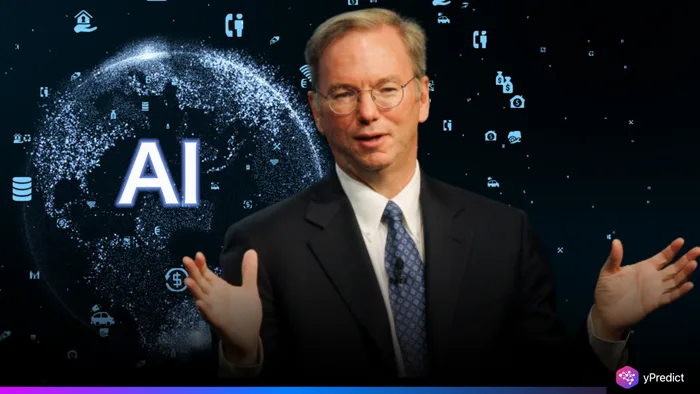
The landscape of artificial intelligence is evolving faster than ever. According to Eric Schmidt, the cost of producing AI-powered answers is dropping by a factor of ten every year. This transformation is not just about lower token prices, it’s powered by smarter algorithms, faster computation, and advanced context handling.
AI cost reduction is becoming the most crucial metric in the industry. It shows how scalable intelligence can be built, deployed, and accessed worldwide. Schmidt calls it the “industrialization of intelligence,” and his statement captures a major turning point in the evolution of digital systems. The change isn’t incremental, it’s exponential.
Smarter Algorithms Are Driving Efficiency
One of the biggest reasons behind AI cost reduction is the improvement in intelligent algorithms. Today’s large language models don’t just predict text better, they optimize every single computation layer. This leads to less energy waste and faster answers, even at scale.
Companies are now fine-tuning foundation models with fewer resources than ever before. Efficient architectures like Mixture of Experts and quantization are improving both performance and affordability. These smarter approaches don’t just save money, they make the entire system more powerful and responsive.
Context Handling Makes AI Smarter and Cheaper
Earlier AI models could process only a few hundred token, said Eric Schmidt. Now, thanks to advanced memory and retrieval systems, they can handle massive context windows with ease. This breakthrough is another reason why AI cost reduction is moving so quickly.
Better context means fewer mistakes, less redundancy, and faster decision-making. It also reduces the number of calls made to the model. In turn, this slashes compute costs while increasing output quality. As Schmidt explains, intelligence is not just being simulated, it’s being industrialized.
Faster Computation Powers the Intelligence Revolution
Speed is no longer just a feature. It’s the backbone of modern AI development. New chips from Nvidia, Google, and startups are making large-scale inference blazing fast. This hardware acceleration is essential to AI cost reduction.
Parallel processing, custom silicon, and advanced cooling allow data centers to serve millions of users with minimal lag. As hardware evolves, the cost of each AI answer shrinks further. What once needed a supercomputer can now run on a single rack.
The Industrialization of Intelligence Is Here
Eric Schmidt’s phrase isn’t just catchy, it defines a shift in how we see intelligence. It is no longer a research experiment or tech novelty. It is an industrial-grade process optimized for cost, speed, and reliability.
AI cost reduction signals more than efficiency. It represents a moment when intelligence becomes universally accessible, whether in customer service, education, healthcare, or creative work. This democratization is not a distant future, it is already unfolding.
The drop in AI costs isn’t just a technical story. It’s an economic one, a societal one, and most importantly, a human one. As we scale these systems, the focus will shift from if AI can help to how quickly it can do so at low cost.






